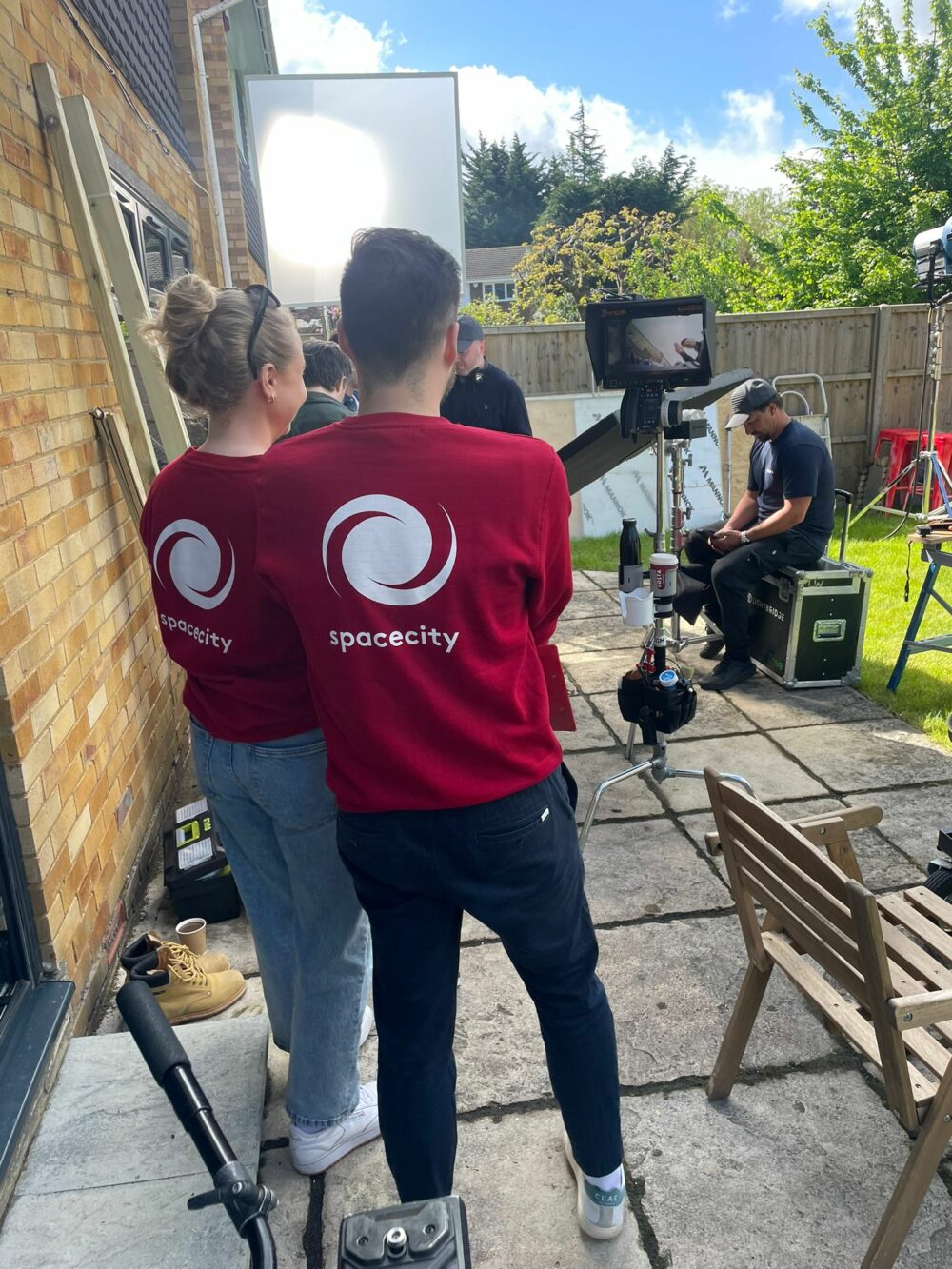Programmatic technology has resembled one of the saving graces of TV and further illustrated the inefficiencies of online ad content and delivery
CONTENT Delivery has been optimised to such an extent that the already inexorable advertising force that is TV has been strengthened further.
TV is changing towards being an internet delivery, in other words: it will become ‘programmatic TV’. This will be the solution to everything. It makes it possible for brands to apply digital advertising’s efficiency models to TV advertising.
Programmatic TV is a technology-automated and data-driven method of buying and delivering advertisements against TV content. This ensures that programmers and distributors will be able to monetise TV ad inventories properly, regardless of screen size. Brand advertisers will be able to get even more specific with their targeting and viewers won’t be overwhelmed with tedious, irrelevant advertisements.
This will all happen in phases. At first, buyers and sellers will use programmatic technology to transact premium digital video buys. Actually, we’re already in this phase. Next, as the programmatic infrastructure matures, it will become a lot easier and more efficient to place advertisements in streaming and VOD TV content across connected devices. The last phase is the most complex. Here, linear TV will be integrated. This will take some significant work because it calls for integrating digital platforms with traditional systems and data suppliers across the TV ecosystem.

Interactive advertising
Another change is on the way: interactive advertising. It enables viewers to select different advertisements, watch additional content and instantly purchase products being advertised via click-to-buy.
Interactive TV advertisements could make it possible for brands to make personalised content for each viewer, which would be hugely beneficial to brands and consumers. The success of interactive TV advertisements will mostly depend on how the audience is willing to interact with brands on the platform.
In the end, it will provide a better user experience than previous interactive TV models, like the ‘red button’ on TV remotes.

Data
Then there is data. If data is gathered and processed the right way, it can reveal useful customer insights. In the future, brands will be able to make personalised content for each viewer, based on data.
This is something that Netflix already started doing years ago. Netflix uses data to analyze why some shows have success and why other shows don’t. So Netflix doesn’t need to shoot pilot episodes. In addition, using data to target advertisements and recommend shows to specific users has helped to diminish promotional campaign budgets.
So, if data is used the right way, it would save advertising brands loads of money. But: without complimentary production values, the improved analytics will only serve to indict your creative failures.
Space City has been producing TV, online and radio commercials for 25 years, advocating TV to propel myriad brands including Moonpig, GoCompare and Confused.com to national acclaim.
Contact the team now and take advantage of the number one means of advertising for less; enjoying advertising again as you enjoy record sales elicitation.


